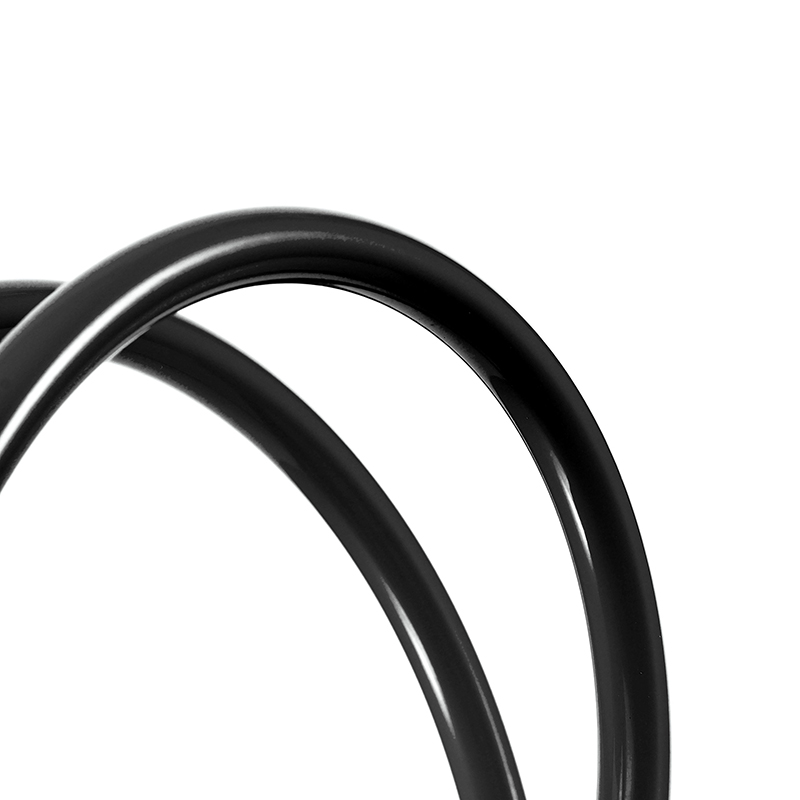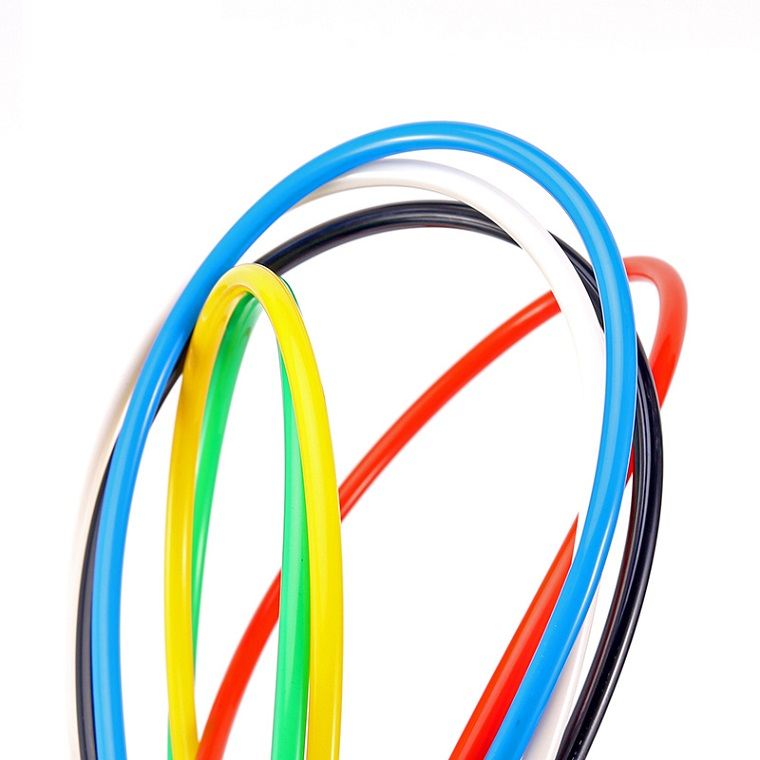Choosing the best grade of nylon is not merely about picking a material; it’s about understanding the specific requirements of your application and how different nylon grades can meet those needs. Nylon, a synthetic polymer, is renowned for its versatility and is widely used in various industries, particularly in pneumatic systems, industrial tubing, and fittings. Its unique properties—such as durability, flexibility, and chemical resistance—make it an ideal choice for many applications. However, the multitude of nylon grades available can create confusion regarding which one is best suited for a particular use case. This article aims to provide a comprehensive understanding of nylon grades, their properties, and how to select the right one for your needs.
Table of Contents
ToggleWhat Are the Key Properties of Nylon That Determine Its Grade?
Nylon 6 vs. Nylon 66 vs. Nylon 12: What’s the Difference?
To make an informed choice, it’s essential to understand the key properties that differentiate the various grades of nylon. The most common types are Nylon 6, Nylon 66, and Nylon 12, each with distinct characteristics:
- Mechanical Strength: Nylon 66 is known for its superior mechanical strength compared to Nylon 6. This makes it particularly suitable for high-pressure applications, such as pneumatic fittings that require robust performance under stress. The molecular structure of Nylon 66, which consists of a higher degree of crystallinity, contributes to its enhanced strength and durability.
- Temperature Resistance: Temperature resistance is a critical factor in material selection. Nylon 66 can withstand temperatures up to 230°C, while Nylon 6 begins to soften at around 150°C. This difference is crucial in applications where heat exposure is a concern, such as automotive components located near engines. Choosing a nylon grade that can maintain its integrity under high temperatures is vital for ensuring long-term performance.
- Moisture Absorption: One of the significant drawbacks of Nylon 6 is its higher moisture absorption rate, which can lead to dimensional instability. This is particularly problematic in precision applications where tight tolerances are required. In contrast, Nylon 12 has a much lower moisture absorption rate, making it a better choice for applications where dimensional stability is critical, such as in fuel lines and other environments where moisture exposure is prevalent.
- Chemical Compatibility: Different nylon grades exhibit varying levels of resistance to chemicals. Nylon 12 is particularly noted for its excellent resistance to oils and greases, making it suitable for applications in the automotive and industrial sectors where exposure to such substances is common. Understanding the chemical environment in which the nylon will be used is essential for selecting the appropriate grade.
Pro Tip: When selecting nylon for precision fittings, consider the moisture absorption characteristics of Nylon 6, as it can significantly impact performance and reliability.

How to Choose the Best Grade of Nylon for Your Application
Does Your Application Require Flexibility, Heat Resistance, or Chemical Resistance?
Selecting the right nylon grade involves evaluating the specific requirements of your application. Here are some scenarios to guide your decision-making process:
- High-Temperature Environments: If your application involves exposure to high temperatures, consider using Nylon 46 or heat-stabilized grades. These materials are engineered to withstand extreme conditions without losing their structural integrity, making them ideal for automotive under-the-hood components and other high-heat applications.
- Chemical Exposure: For applications that involve exposure to oils, greases, or other harsh chemicals, Nylon 12 is the best choice due to its superior chemical resistance. This grade is particularly effective in environments where chemical compatibility is crucial, such as in fuel lines and hydraulic systems.
- Flexible Tubing: If your application requires flexible tubing, reinforced Nylon 11 or 12 is ideal for coiled tubing applications. These materials provide the necessary flexibility without compromising strength, making them suitable for applications that require bending and movement.
Troubleshooting Example: A common issue arises when Nylon 6 is used in humid environments, leading to failure due to moisture absorption. In one case, a manufacturer experienced significant downtime and product failure because they used Nylon 6 in a humid application. By switching to Nylon 12, they were able to resolve these issues, ensuring reliability and performance in their products.
Industry-Specific Recommendations
Which Nylon Grade Works Best in Pneumatics, Automotive, or Food Processing?
Different industries have unique requirements for nylon grades, and understanding these can help you make the right choice:
- Pneumatic Fittings: For pneumatic applications, Nylon 66 is recommended due to its excellent burst strength and thread integrity. This grade is designed to withstand the pressures associated with pneumatic systems, ensuring safety and reliability.
- Food-Grade Tubing: In the food processing industry, it is essential to use materials that comply with safety regulations. FDA-compliant Nylon 12, often enhanced with anti-microbial additives, is ideal for food-grade tubing. This ensures that the material is safe for contact with food and helps prevent contamination.
- Automotive Quick-Connect Fittings: In automotive applications, glass-filled Nylon is preferred for its vibration resistance. This is crucial in environments where components are subject to constant movement and vibration, as it helps maintain the integrity of the fittings over time.
Unique Insight: It is crucial to avoid using standard Nylon 6 in hydraulic systems. Its moisture absorption can lead to swelling and leaks, which can compromise system integrity and lead to costly repairs.
Common Mistakes to Avoid When Selecting Nylon Grades
Why Ignoring Temperature Ratings or UV Exposure Can Cost You
When selecting nylon grades, it’s easy to overlook critical factors that can lead to costly mistakes:
- Mistake 1: Ignoring thermal degradation can be detrimental. For example, Nylon 6 softens at 150°C, while Nylon 66 maintains its integrity up to 230°C. Choosing the wrong grade can lead to premature failure, resulting in downtime and increased costs.
- Mistake 2: Using non-UV-stabilized nylon outdoors can result in degradation over time. To mitigate this, consider adding carbon black or UV inhibitors to enhance durability. This is particularly important for applications exposed to sunlight, as UV radiation can weaken the material and lead to failure.
Case Study: A manufacturer experienced tubing failure due to incompatible chemical exposure. They initially used Nylon 6 in a chemical environment without considering its limitations. After a thorough analysis, they switched to Nylon 12, which significantly improved performance and reduced downtime.
How Quality Control Ensures the Right Nylon Grade Performs
From Raw Material Testing to Final Product Validation
Quality control (QC) is crucial in ensuring that the selected nylon grade performs as expected. Key QC checks include:
- Melt Flow Index (MFI): This test ensures consistency in injection-molded fittings, which is vital for maintaining quality across production batches. A consistent MFI indicates that the material will flow properly during the molding process, resulting in uniform products.
- Tensile Strength and Elongation Tests: These tests assess the durability and flexibility of tubing, ensuring it meets the required specifications for your application. Understanding the tensile strength and elongation properties helps predict how the material will behave under stress.
Expert Tip: Always request a material certification sheet (RoHS, REACH) for critical applications to ensure compliance with industry standards. This documentation provides assurance that the material meets safety and environmental regulations.

Frequently Asked Questions (FAQs)
Can nylon tubing handle high-pressure air?
Yes, certain grades of nylon, particularly Nylon 66, are designed to handle high-pressure applications effectively. Its mechanical strength and resistance to deformation make it suitable for pneumatic systems.
Is nylon or polyurethane better for flexibility?
Nylon, especially reinforced grades, offers excellent flexibility, but polyurethane may be preferred in applications requiring extreme flexibility and resilience. The choice depends on the specific demands of your application.
How to prevent nylon fittings from cracking in cold temperatures?
Nylon 12 retains flexibility at -40°C, making it ideal for refrigeration systems. Choosing the right grade is essential for maintaining performance in cold environments, ensuring that fittings do not become brittle and crack.
Conclusion
In summary, the “best” grade of nylon depends on your application-specific needs. Understanding the properties of different nylon grades and their suitability for various environments is crucial for making informed decisions. If you’re still unsure about which nylon grade to choose, consult our 20-year experts for a free material selection guide.

